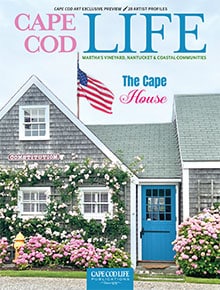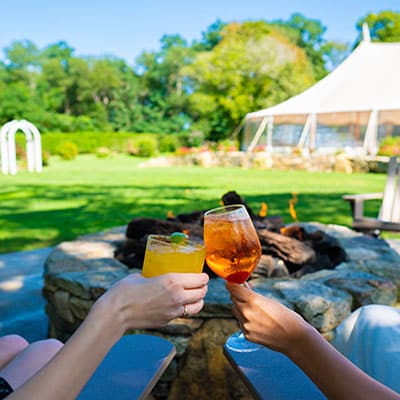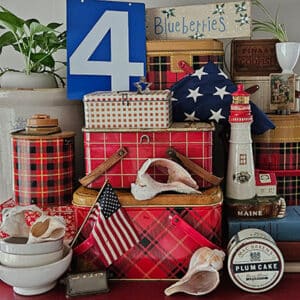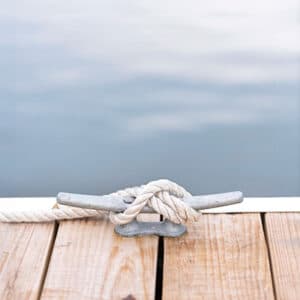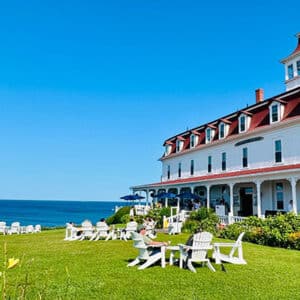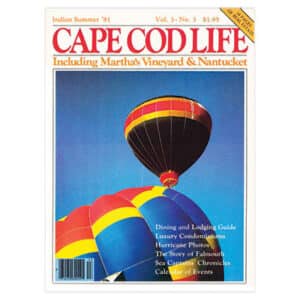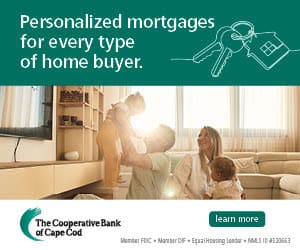This Month's Featured Article
The Cape House
Each journey to renting a home on the Cape is based on its own unique purpose, although pieces of the path are the same. For some, it’s about revisiting cherished memories made with family in the past and wanting to share that same experience with their own loved ones. Others have decided to make the trek and explore the place that they’ve heard has so much natural beauty and history to offer. And there are...
Free premium content
Editors Choice
All capecodlife.com readers can enjoy FREE access to select premium articles hand-picked by our Cape Cod Life editors.
More Free Access to Premium Content
Outdoor Dining: Table for Sun
Cape Cod is a fantastic dining destination year-round, but it truly comes to life in the summer when harbor side picnic tables, seaside patios, decks with a view and bars with a breeze all help to create unforgettable summer memories.Levitate Backyard & Rexicana Surf Cantina1871 Ocean Street, Marshfield • levitatebackyard.comLevitate Backyard in Marshfield, Massachusetts, is your one-way ticket to escaping the madness of summer traffic and the daily grind—without leaving the comfort of the backyard of...

